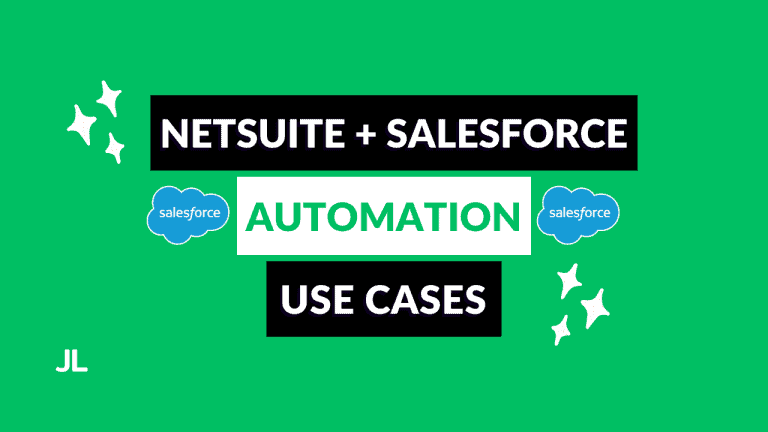
Exporting a report in Salesforce lets you take your data offline, share insights with stakeholders, or analyze results in tools like Excel.
Knowing how to properly export and schedule reports is essential for efficient reporting if you are a Salesforce Admin, Business Analyst, or Sales Manager.
In this guide, you’ll learn:
- How to apply filters and save report templates
- How to subscribe to automated report emails
- The difference between Formatted Reports and Details Only exports
- How to export your Salesforce reports to Excel or CSV
Step 1: Adjust Report Filters
Before exporting, refine your report using filters. Even after creating a report, you can narrow down the data view by applying filters like:
- Current Fiscal Year
- Next Fiscal Year
- Previous Fiscal Years
These filters help ensure you only export the data that’s relevant to your analysis.
Always filter reports before exporting to save time and keep your data focused.
Step 2: Save or Clone Your Report
Once your report looks the way you want, you have a few options under the dropdown menu:
- Save: Saves your current report configuration.
- Save As: Creates a copy of the report. Ideal for using it as a template to build variations.
This is helpful when you need similar reports with slight modifications, such as different filters or groupings.
Use “Save As” to build reusable report templates for recurring needs.
Step 3: Subscribe to Automated Report Emails
Salesforce allows you to subscribe to reports, so you automatically receive them on a schedule.
You can configure:
- Frequency: Daily, weekly, or monthly
- Timing: Set the exact time and day for delivery
- Recipients: Send to yourself, other users, roles, or public groups
When subscribing, enable Attach File to include the report as an attachment in your email. You can choose between:
- Formatted Report (.XLSX): Includes headers, groupings, and filters
- Details Only (.CSV): A simplified data-only file for raw analysis
Automate recurring reports to save time and keep stakeholders informed.
Step 4: Export the Report
To export a report manually:
- Open your report.
- Click the dropdown menu.
- Select Export.
- Choose the desired format:
- Formatted Report (.XLSX) – retains layout and grouping
- Details Only (.CSV) – exports raw data only
Once downloaded, your report opens directly in Excel or any compatible spreadsheet tool.
Use XLSX for presentation-ready data and CSV for quick analysis or data imports.
Step 5: Run the Report as a Specific User
Salesforce also lets you choose to run the report as a specific user. This feature controls whose data access level is used when generating the report.
For example, running as an admin will include all data, while running as a standard user may filter results based on their permissions.
Always confirm who the report is “run as” to ensure the correct data visibility.
Conclusion
Exporting reports in Salesforce is about setting up a process for continuous insights. By using filters, saving templates, scheduling subscriptions, and choosing the right export format, you can streamline your reporting workflow and keep your organization data-driven.
Summary:
- Filter reports before exporting.
- Save or clone reports for future use.
- Subscribe to reports for automated delivery.
- Export as XLSX or CSV depending on your needs.
Learn more about Salesforce reporting essentials in this guide on creating Salesforce Reports.





